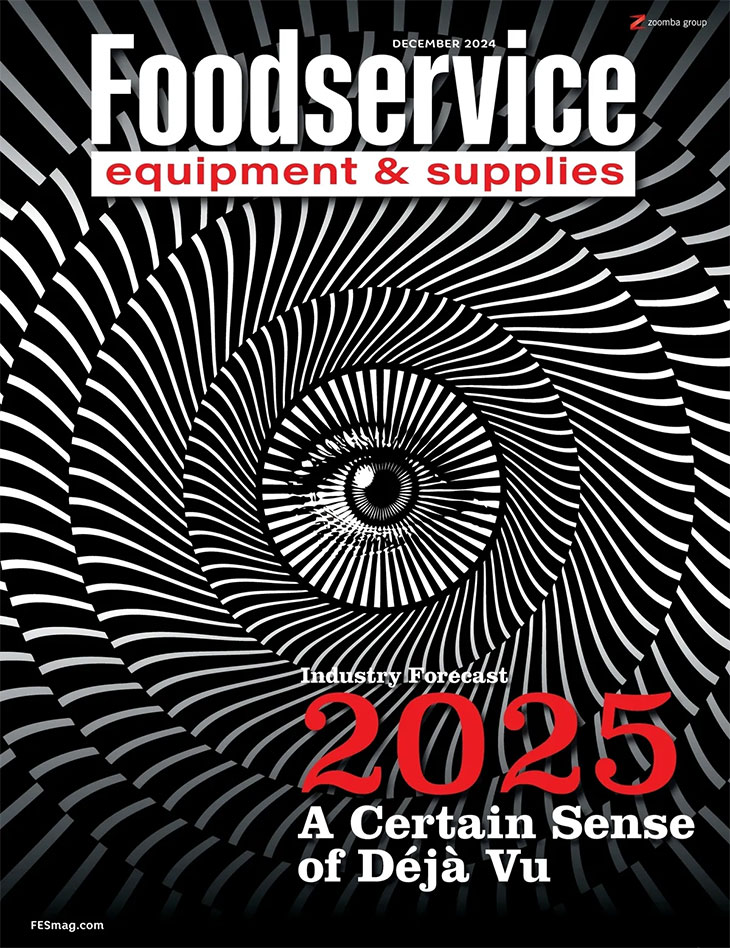Despite slower projections for continued flat to sluggish traffic growth, a few potential changes could alter for the better the trajectory of the foodservice industry in 2018. That’s according to some analysis from The NPD Group. The key to a successful 2018 for foodservice operators and their suppliers? An enhanced focus on customer engagement.
“Engaging customers remains the key to every operator's success. In this challenging environment there are many examples of major chains, micro chains, and independents that thrive because they give consumers a great experience, superior food quality, and excellence in service,” says Bonnie Riggs, a NPD industry analyst. “In other words, they give people a reason to visit. These fundamentals are necessary for success across every industry segment– today and beyond.”
Focusing on what consumers want will help foodservice marketers better align their strategies to maximize their relevance in 2018 and beyond, Riggs adds. Here are four factors NPD projects will shape the success of the foodservice industry, followed by a strategy for operators to pursue.
Convenience counts: Consumers will remain strapped for time, which means the need for convenient food options will only grow stronger. As a result, delivered meals will be a source of growth, along with other convenient meal solutions, NPD projects.
Digital ordering: Going hand in hand with the need for convenience and the growing appeal of delivery, is the continued emergence of digital ordering capabilities. Restaurants and other foodservice operators looking to increase customer traffic will need to embrace technology and determine which platforms serve their businesses and customers best, per NPD. Operating in a digital world is no longer a nice-to-have. It’s now a must-have for most operators to drive traffic in a positive direction in 2018 and beyond.
House rules: Factors such as a changing workforce, the ease of online shopping, and the boom in streaming entertainment, give consumers fewer reasons than ever to leave the house, per NPD. Nearly 50 percent of dinners purchased from a restaurant are consumed at home, and many in-home meals are a blend of dishes people prepare and ready-to-eat meals purchased at a foodservice establishment. Operators can win by making it easier to get foods and beverages to the home.
Expect excellent customer service: Having an employee retention program in place is a must going forward, and it should include a process for recruiting, hiring, and retaining employees. A satisfied employee plays a crucial role in both employee retention and making customers satisfied with their restaurant experience, NPD rightly notes. Foodservice operators from all segments must pay greater attention to this initiative to hire and retain good employees; otherwise labor costs will escalate at a greater rate and customer satisfaction and revisit intend will decline.
In 2018, successful operators will:
Offer value: Historically, QSRs have grown their business by offering cheap eats in the form of value menus, NPD reports. Over the past few years, lower priced offerings have not been promoted as frequently. With traffic at a near standstill, some are thinking that now is again the time to focus on the lower end of the price spectrum. Expect another round of value wars to begin. There is little doubt that the competition will monitor this value initiative and will likely follow suit with one of their own.
Leveraging LTOs: In 2018, limited time offers will play an even greater role in restaurant operators’ marketing initiatives. These incentives appeal to both heavy and lighter buyers and will attract consumers, NPD projects. Even so, marketers need to focus more on developing strategies to attract lighter buyers; the industry has long underestimated the importance of these consumers. Look for LTOs to play an even greater role in operators’ marketing initiatives as they seek to target lighter buyers – the low-hanging fruit – in 2018.
Loyalty points: Loyalty programs remain high on the list of incentives that would lead consumers to visit restaurants more often. Loyalty programs aren’t new to the restaurant industry, but technology has changed how they are executed. This requires developing programs that meet consumer needs using digital as a primary delivery tool, NPD says. In 2017, a number of major chains initiated loyalty programs to drive frequency. We expect many more to offer up loyalty programs to remain competitive.




